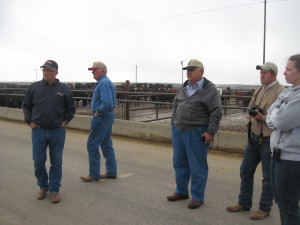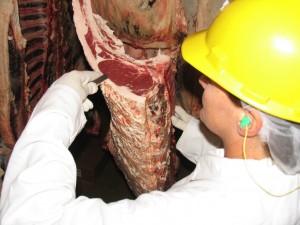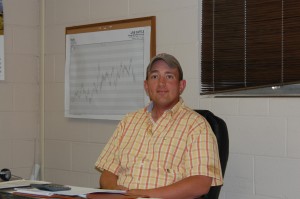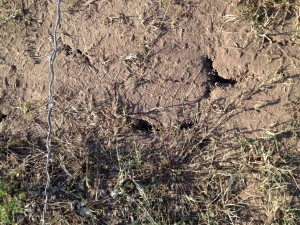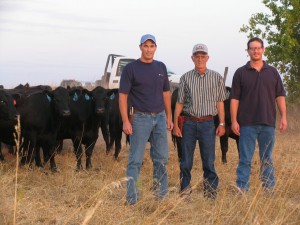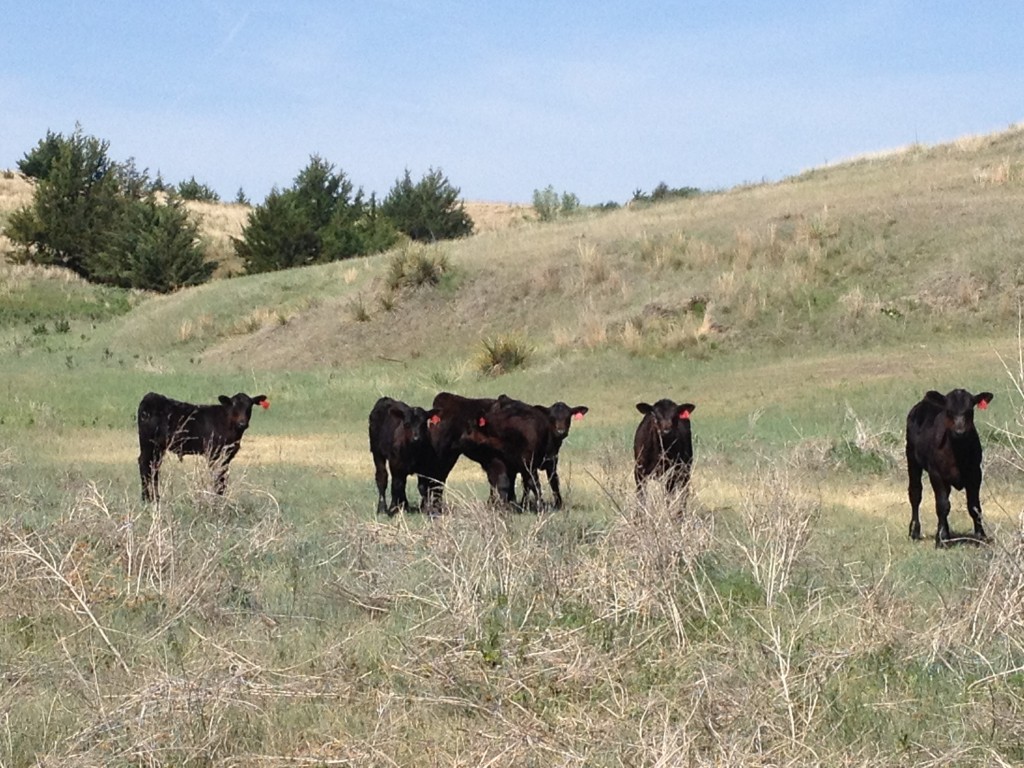
A new paradigm, again
Well, take a look at what cost of gain (COG) does in response.

Today we’ll kick off the Feeding Quality Forum in Grand Island, Nebraska, where I’m sure we’ll hear all about this. Market whizzes like Dan Basse (Ag Resource Company), Mike Sands (Informa Economics) and Professional Cattle Consultants’ Shawn Walter (also the nice gentleman who provided us with the data for that slide) will talk prices and how they’ll impact the industry.
When Mark McCully sent this around to our team, I called him to chat about the importance of this chart in today’s marketplace. With every response, things started sounding eerily familiar.
It reminded me of the story I wrote five years ago called, “Corn, cattle in a new paradigm.” If you want a flashback to prices circa 2007, read the whole article, but some of Mark’s quotes still ring true today:
- “We’re trying to illustrate to producers that in these times we’re entering, an investment in better genetics, managed properly, can align their cattle to take advantage of the market.”
- “To make progress, we need to eliminate the idea of letting the superior cattle subsidize the poorer ones. Grid marketing is getting fed cattle on track but we still need to rethink how we assess value on feeder calves.”
- “We’re putting everything in a pressure cooker right now and the true value will show itself where performance and quality are concerned.”
So the other day we talked about all those same things that we had talked about back in 2007 and 2008:
“We went from $2 to $5 corn and we asked all sorts of questions,” he said. “Are we going to start short-feeding cattle? Are we going to have cattle spend a lot more time on grass? Is quality grade going to free fall? We are asking these same questions again as we run up to $8 corn and beyond.”
Today we’ll hear some predictions, we’ll get inundated with numbers and then we’ll have to make our best guesses as to the answers. Because it matters to our viability, just as it matters to yours.
We’d love to hear from you. Tell us your predictions on prices and how that impacts your business.
May your bottom line be filled with black ink,
Miranda
You may also like
Drought Impact and Cattle Industry Dynamics
As drought conditions persist across much of cattle country, farmers and ranchers are at a pivotal juncture in the cattle industry’s landscape. What impact does this prolonged dry spell have on the nation’s herd numbers? When will heifer retention begin? How will industry dynamics influence the spring bull sale season?
Quality Wins, Again
Sara Scott, Vice President of Foodservice for Certified Angus Beef, emphasizes the importance of taste over price in the beef market during the Feeding Quality Forum. As consumer demand for high-quality beef grows, Scott highlights the need for increased supply and encourages communication with packer partners to meet the demand for Prime beef.
Feeding Quality Forum Shares Market Outlook, Path to Meeting Demand
The beef demand success story of the past is also the industry’s roadmap for the future, said speakers at this year’s Feeding Quality Forum. The program covered everything from current market conditions and technology to price forecasts and advancements on the horizon.






